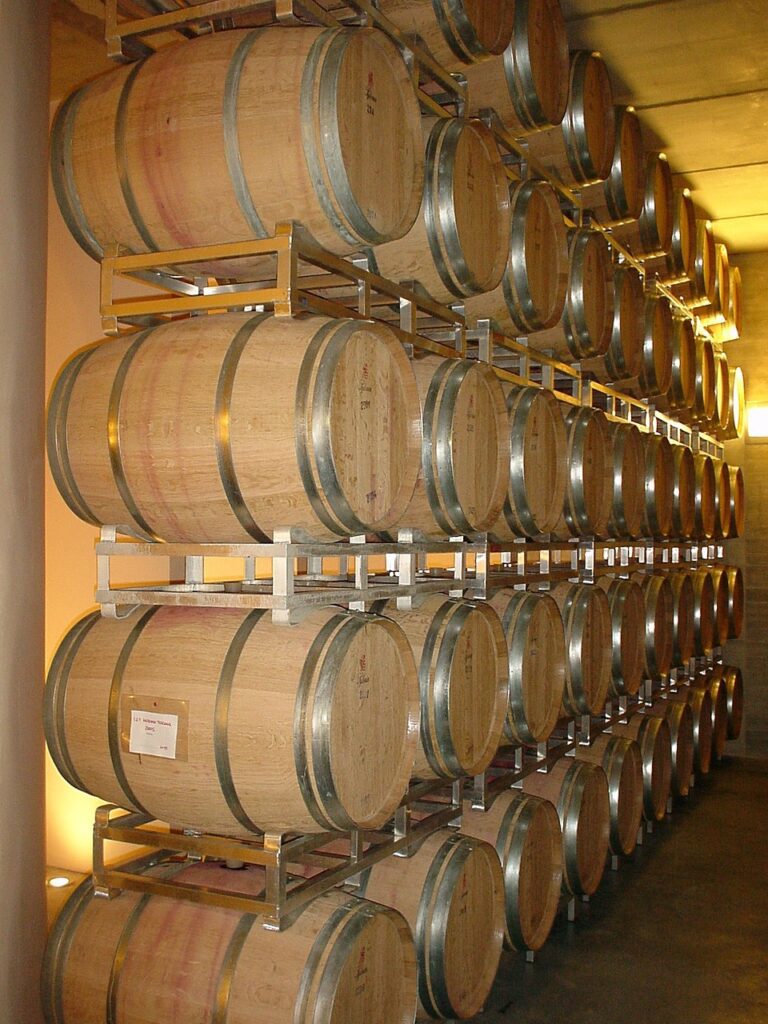Since the production and availability of active dried wine yeast in South Africa commenced in the seventies, the use of pure culture yeast has undergone a major change. The change from the laborious multiplication of wet yeast cultures to dried yeast had enormous advantages.
Various happenings in California over recent years have had an influence on the staff management of cellars. Political changes, the Covid endemic, droughts and veld fires have led to uncertainty in the availability of suitable manpower. Cellars have consequently been forced to reconsider their practices. The use of robots has increased amongst different industries, but it will take some time before it is considered by cellars. All cellar practices must therefore be evaluated to identify the potential saving of labour. Although the use of rehydrated dried yeast is handy as such, the possible elimination of the rehydration process will save about 45 minutes per inoculation. This is especially true when the rehydration protocol is applied where a water rehydration is followed by a juice rehydration and adjustment. The Fermentis company has developed a dried yeast that is not rehydrated in such a way. They also certify the percentage of viable cells. An experiment to determine the influence of rehydration was executed at the Napa Wine Company, Oakville, California. Cabernet Sauvignon grapes with a sugar concentration of 24 to 25°Balling and a total acid concentration of 5.4 to 5.5 were used. The Fermentis BC S103 yeast was compared with another standard commercial yeast, Lallemand Uvaferm 43. Both are Saccharomyces bayanus yeasts, which can ferment under exceptional conditions. Similar yeast nutrients were added in both cases. Grapes were sorted, crushed and cold soaking was applied for three days at 15°C. Skin contact was facilitated during fermentation by pump overs and after 17 days skin contact the skins were pressed. The analysis at that stage was 0.2°Balling and 0.35 to 0.4 g/L volatile acidity.
Although the aim of the experiment was to evaluate no rehydration of the dried yeast, the winemaker was afraid of the involved risk and the following rehydrations were consequently compared:
- The Fermentis yeast was rehydrated in filtered water, with a temperature differing not more than 5°C from the temperature of the juice which was inoculated.
- The Lallemand yeast was prepared according to the cellar’s standard protocol for yeast rehydration. Warm filtered water with added rehydration nutrients was used. After 20 minutes the juice was added to the solution and this rehydrated and adjusted yeast solution used for inoculation. Inoculation was done as soon as the temperature of the yeast solution reached a temperature not differing more than 5°C from the juice to be inoculated.
The progress of the fermentation was followed by daily Balling and temperature readings. The fermentation dynamics of both fermentations were similar. Both started to drag at the end of fermentation, but fermented dry eventually. Seeing that other cellars also experience fermentation problems with the same grapes, it was apparently rather the grape composition causing the problems. The resulting wines exhibited no faults, but also lacked prominent varietal character. The latter can however mainly be attributed to the fact that both yeasts are Saccharomyces bayanus yeasts.
The original aim to investigate dried yeast without rehydration was not complied with, but according to all indications of the investigation it should most probably be possible with the Fermentis yeast (Avila, 2021).

The rehydration of dried yeast is a standard protocol.
Reference
Avila, B., 2021. Dry pitch yeast experimentation saves time in the cellar. Wine Business Monthly, August 2021: 42 – 47.
www.fermentis.com













